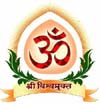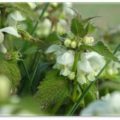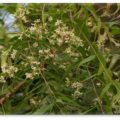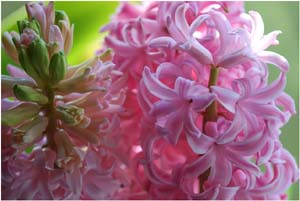 Wow…!!what is this smell??
Wow…!!what is this smell??
I asked my friend when I entered room.
And she showed me on table beautiful white and purple color hyacinth flowers.
It creates a real spring atmosphere in the apartment.
Table of Contents
“March 7th is World Hyacinth Day.”
Hyacinths are often associated with spring and rebirth.
Name : common garden Hyacinth
Latin name :Hyacinth Orientalis
Family : asparagaceae
Subfamily: scilloideae
Constituents: inulin, mucilage
Season : April to may
Species : Orientalist
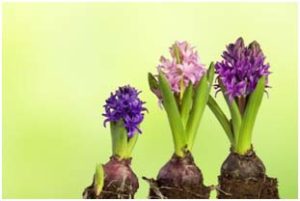 This is originated in southwest Asia, Lebanon, part of turkey and Syria. and brought to Europe in the 16th century. In the Victorian language of flowers, the Hyacinth flower symbolizes sport or play. The blue Hyacinth signifies sincerity. The Hyacinth bulb produces a dense, compact spike of flowers, 6-12 inches (15-30 cm) tall.
This is originated in southwest Asia, Lebanon, part of turkey and Syria. and brought to Europe in the 16th century. In the Victorian language of flowers, the Hyacinth flower symbolizes sport or play. The blue Hyacinth signifies sincerity. The Hyacinth bulb produces a dense, compact spike of flowers, 6-12 inches (15-30 cm) tall.
Hyacinth bulbs are poisonous; they contain oxalic acid. Handling hyacinth bulbs can cause mild skin irritation. There are multiple color verities of flowers in shades and this are cultivated with their names too. like pink, white, purple, deep blue, yellow, red. The plant grows very fast and pollinated by different insects such as Honey bees and self-cloning. The flowers are very fragrant and attract the insects by rewarding them with nectar.
Myths about hyacinth:
Hyacinthus is the Latin version of the Greek name Hyakinthos. According to Greek myth, the sun god Apollo was in love with Prince Hyakinthos. During a display of discus-throwing, Hyakinthos was accidentally fatally injured by Apollo, and the Hyacinth grew out of his blood.
Wild Hyacinth Side Effects:
The fresh bulbs are poisonous, any use made of this plant is always when dried. Hyacinth beans are POSSIBLY UNSAFE when eaten raw and in large amounts. Raw hyacinth beans contain certain chemicals, called cyanogenic glycosides, which can be poisonous.
Special Precautions & Warnings:
The hyacinth beans are not enough useful during pregnancy and breast feeding. Stay on the safe side and avoid use.
Water hyacinth (other variety of hyacinth) can be harmful for aquatic animals like fish and turtles because of less oxygenation.
Benefits of hyacinth beans:
- Also contain nutrient edibles and some counties use it for food and agriculture.
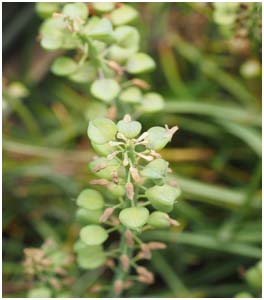
- Useful for other plants also like for sensitive plant growth.
- Hyacinth bean is rich in vitamin B1, which is important for heart health.
- Additionally, B1 may help slow the progression of diseases like Alzheimer’s.
- Hyacinth contains copper, which the brain needs for optimum function. A lack of copper can lead to fatigue and trouble concentrating.
- Experts believe the selenium, zinc, and manganese in hyacinth beans can support people struggling with respiratory conditions.
- Hyacinth beans are high in magnesium, a mineral essential for good sleep. The body needs magnesium to help keep levels of cortisol in check and to promote the production of melatonin, a key ingredient of sleep.
- Vitamin B1 works as an effective antioxidant that helps prevent oxidative stress.
- With their high fiber content, hyacinth beans can support digestive health. Fiber helps prevent bloating, indigestion, and constipation.
- Hyacinth beans improve iron which get deficient causes sluggish or fatigued. Iron deficiencies can also lead to mood disturbances and poor concentration.
Flowers uses:
There are very few useful things with the flower which is
Essential oil and some ornamental uses.

Written By…
|
Dr. Pallavi Shinde is the director at Shree Vishwamukta Yog, Ayurved and Panchakarma Clinic at Pune, India. She always uses ayurvedic proprietary formulations for many chronic health diseases & many products for Skin Diseases & beauty products. She is a hardcore Researcher, Practitioner, Promoter of Ayurveda. Contact today to book an appointment. |
